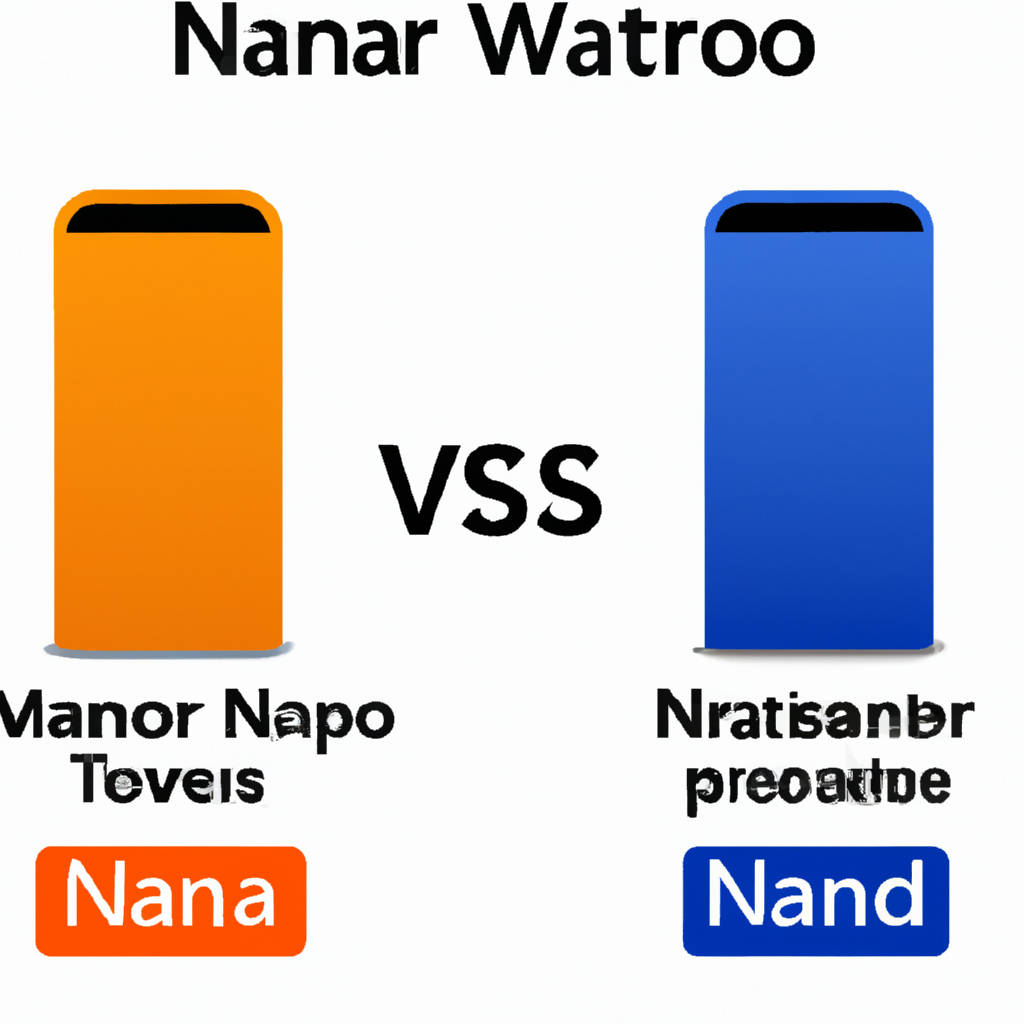Windows Nano Server is a lightweight version of the Windows Server operating system that is designed for specific use cases where a full-fledged server operating system is not necessary. It is ideal for running cloud-native applications, containerized applications, and microservices. Nano Server has a minimal footprint, with only the essential components needed to run the desired applications.
This makes it faster to deploy, easier to manage, and more secure than traditional server operating systems. By removing unnecessary components and features, Nano Server reduces the attack surface, making it less vulnerable to security threats. Additionally, Nano Server can be managed remotely using PowerShell or other management tools, making it an efficient choice for organizations looking to streamline their server infrastructure.
Overall, understanding Windows Nano Server is crucial for IT professionals looking to optimize their server environments and leverage the benefits of a lightweight, secure, and efficient operating system.

Nano Server Benefits
Nano Server is a lightweight and versatile operating system that offers numerous benefits for organizations looking to optimize their server infrastructure. One of the key advantages of Nano Server is its reduced footprint, which leads to faster boot times and reduced resource consumption. This means that organizations can run more virtual machines on a single physical server, ultimately saving on hardware costs and improving overall efficiency.
Additionally, Nano Server is designed to be more secure than traditional server operating systems, with fewer components and less surface area for potential security vulnerabilities. This makes it an ideal choice for organizations that prioritize data security and compliance. Another benefit of Nano Server is its flexibility and scalability, allowing organizations to easily deploy and manage containers, virtual machines, and cloud-native applications. This enables organizations to adapt to changing business needs and scale their infrastructure as needed.
Overall, Nano Server offers a range of benefits for organizations looking to modernize their server environment, including improved performance, enhanced security, and increased flexibility. By leveraging Nano Server, organizations can streamline their operations, reduce costs, and stay ahead of the curve in today’s rapidly evolving digital landscape.
Nano Server vs. Other Windows Server Versions
Nano Server is a lightweight version of Windows Server that was introduced by Microsoft to address the growing demand for more efficient and scalable server solutions. Compared to other Windows Server versions, Nano Server is stripped down to its bare essentials, making it smaller in size and requiring fewer resources to run.
This minimalistic approach allows Nano Server to boot up faster, have a smaller attack surface, and consume less storage space. Additionally, Nano Server is designed for cloud-native applications and microservices, making it ideal for modern IT environments that prioritize agility and scalability. On the other hand, traditional Windows Server versions like Windows Server Standard and Datacenter offer a more comprehensive set of features and capabilities, making them suitable for a wider range of use cases. These versions include additional components such as a user interface, full server roles, and support for more applications and workloads.
While Nano Server may be a better choice for organizations looking to streamline their server infrastructure and reduce overhead, other Windows Server versions may be more suitable for businesses with diverse IT needs and requirements. Ultimately, the decision between Nano Server and other Windows Server versions will depend on factors such as the specific use case, budget, and technical expertise of the organization.

Parallels RAS and Virtualization Integration
Parallels RAS and virtualization integration is a topic that is gaining significant attention in the IT industry. Virtualization technology allows organizations to create multiple virtual instances of servers, desktops, and applications on a single physical server. This enables companies to maximize their hardware resources, improve scalability, and streamline management processes.
Parallels RAS is a virtualization solution that helps businesses deliver virtual desktops and applications to end-users securely and efficiently. By integrating Parallels RAS with virtualization technology, organizations can achieve greater flexibility, reduce costs, and enhance productivity. The seamless integration of these two technologies allows for centralized management of virtual desktops and applications, simplifying IT administration and enabling IT teams to respond quickly to changing business needs. Additionally, Parallels RAS offers advanced security features such as two-factor authentication, SSL encryption, and device redirection, ensuring that sensitive data remains protected at all times.
Overall, the integration of Parallels RAS with virtualization technology provides organizations with a powerful solution for delivering virtual desktops and applications to end-users, improving efficiency, and enhancing overall business operations.
Final Thoughts
As we come to the end of this discussion, it is important to reflect on the various perspectives and insights that have been shared. It is clear that opinions on this topic vary widely and are influenced by individual beliefs, experiences, and values. It is always important to consider all sides of an issue before forming a final opinion. In doing so, we can gain a deeper understanding and appreciation for the complexity of the topic at hand.
It is also crucial to remember that there may not always be a clear-cut answer or solution. Sometimes the best we can do is to strive for balance and compromise. In the end, what matters most is that we approach these discussions with an open mind, respect for differing viewpoints, and a willingness to engage in thoughtful dialogue. By doing so, we can continue to learn and grow as individuals and as a society.
Ultimately, final thoughts are just that – the culmination of our reflections and considerations up to this point. It is important to continue to be open to new information and perspectives as we navigate the complexities of the world around us.
